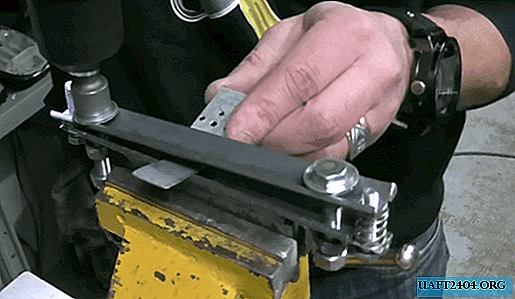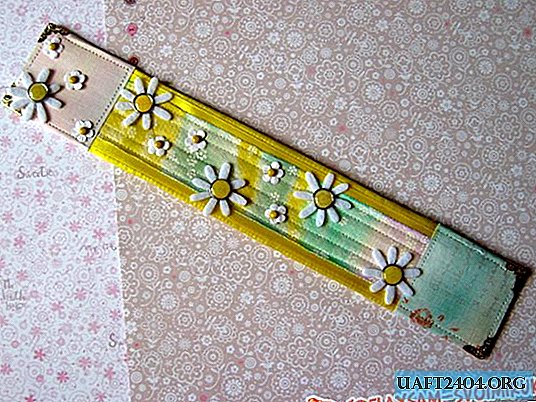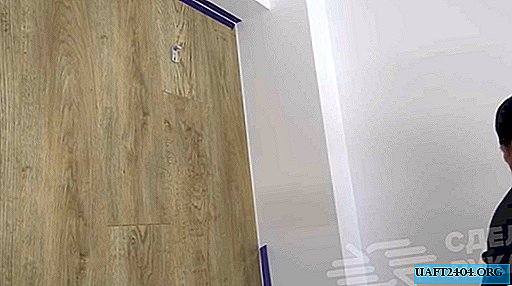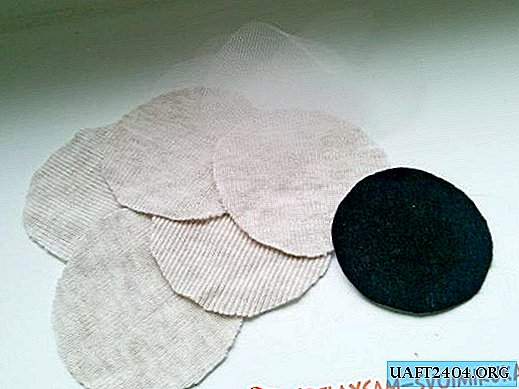Share
Pin
Tweet
Send
Share
Send
Projector Benefits:
- Scanning is done using mirrors along X and Y.
- 2x 35 mm stepper motor with 0.9 degree increments - 400 steps / rev. - 5 V.
- Automatic mirror calibration.
- Remote control (via bluetooth optional).
- Auto mode.
- GUI remote control application.
- Open source.
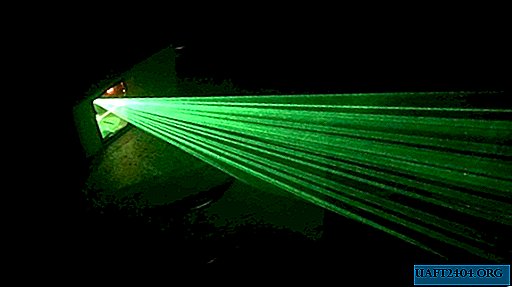
Laser projectors can be divided into two main categories. Either they use diffraction glass / foil to project the picture, or they have a system that moves the laser beam in the directions of the XY axis, that is, a classic scan like in televisions with a kinescope. The second option always has great advantages, because you can program the template to be projected. While in the first case the laser beam projects a static image, in the second the laser still consists of one beam, which moves very quickly, thereby drawing the image. If the laser beam moves very fast, then we perceive the picture as a whole. Usually this scan is done using two perpendicular mirrors, each of which is capable of moving the laser beam along its axis. By combining we will be able to position the beam wherever we want.


Professional projectors typically use galvanometric scanners. They can position the laser beam at 60,000 different locations in 1 second. This creates a truly smooth projection without a strobe effect. However, such projectors are very expensive. I used stepper motors in my projector. They, of course, are not so fast, but cheap.
The laser draws a pattern, rotating along the lines again and again at a very high speed. Sometimes there are several parts of a template that are not related to each other. In this case, each letter is separated, however, when the laser moves from one letter to another, it creates an unwanted line. This is decided by turning off the laser for a short period. The whole idea is that the laser switches when moving from one to another. This is done using a high-speed control unit, which must be synchronized with the scanning system.
Simply put, stepper motors rotate at a given synchronization speed, passing through the entire projection area. And the laser alternately turns off and on, projecting the desired area.
In the list below you can find the components that I used, and links to the store where I bought them.
- Arduino Uno - AliExpress
- Adafruit Motor Shield V2 - AliExpress
- Laser Module Green - AliExpress
- 2x 35 mm stepper motor 0.9 ° - 400 steps / rev. - 5 V - AliExpress
- LED 3 pieces - AliExpress
- HC-06 Bluetooth Serial Module - AliExpress
- Photodiode - AliExpress
- Transistor BC547B - AliExpress
- 2K Variable Resistor Two Pieces - AliExpress
- Switch - AliExpress
And then some materials and tools that you will need.
- The mirror is double-sided (the best metal mirror, such as HDD).
- Aluminum sheet (or iron).
- Hot glue.
- Wires.
- Pliers.
- Drill.
- Distribution box.
Projector assembly
Let's start collecting the "heart" of our projector - the side of the beam sweep. To do this, we need to use a metal scissor to cut out an “L” shaped rack for stepper motors from aluminum sheet (can be made of tin).
We drill a hole and install stepper motors. Stepper motors must be strictly perpendicular, but offset in height.






We make mirrors.
To make mirror elements we need to take a disk from a broken hard disk. Why not a simple mirror? - you ask. A simple mirror will not work, since it is mirror only on one side, and as you probably remember, the mirrors in the projector spin in a circle. You can use ordinary laser discs, but they do not reflect so well and part of the brightness on them will be lost.
The disk from the hard drive must be cut, preferably a grinder.
The resulting mirrors are glued with hot glue to the stepper motors.

Electronics
The projector is controlled by the Arduino Uno plus the stepper motor driver of the same company. Management is via bluetooth, but you can also directly through the uart adapter.
For those who have worked with Arduino at least once, I think it’s not worth explaining how to connect, but for those who haven’t worked, I don’t see the point.
The laser diode is also powered via arduino with brightness control. In addition, I will show where the photo diode is connected. This photo diode is needed for initial calibration of the projector. It is installed perpendicular to the upper engine, pay attention to the hole above the lower engine.



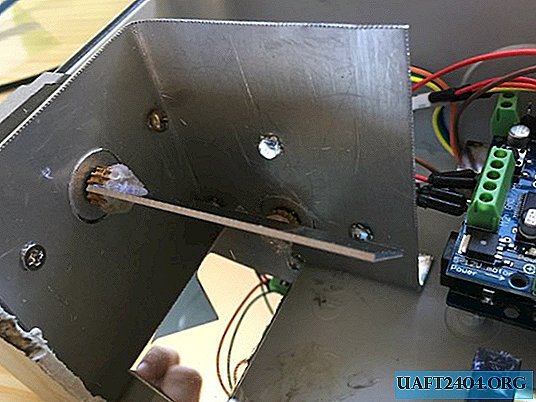
Calibration
After you have all gathered about debugged you need to calibrate the projector. To do this, we will use a photodiode placed in a hole on the central axis directly above the X-axis stepper motor. To obtain more accurate measurements, a circuit with a variable resistor was required. During calibration, we read the values from the photodiode, and when the value exceeds a certain value (the laser shines directly into it), the motors stop and return to their original position.
Code, calibration programs.
pseudo code for calibration // 1step = 0.9 ° / 400steps = 360 ° = full rotation laserOn (); for (int a = 0; a <= 400; a ++) {for (int b = 0; b = photodiodeThreshold) {laserOff (); returnHome (); } stepY (1,1); } stepX (1,1); } laserOff (); unsuccessfull ();Final assembly
The entire projector was placed in a plastic junction box and tightened with screws. The projector turned out to be portable, just connect the power source, switch the switch, and you have your own laser show.


Laser control application
The control application was created in C # and allows you to switch between templates, adjust the speed and see the current actions.

Program and similar code with firmware
You can download it here.
Make sure the .NET framework 4.5.2 is installed on your computer, which is necessary to run the application.
Projector video
Original article in English
Share
Pin
Tweet
Send
Share
Send




